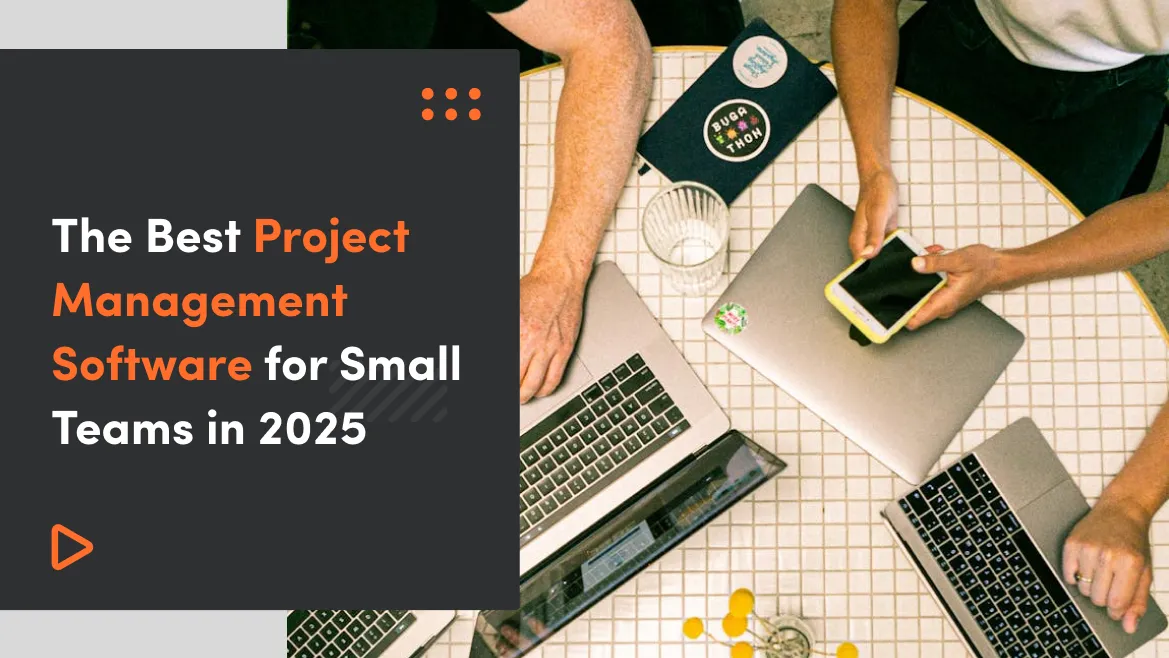As an answer to the digital era we are all in, the mobile app development industry is evolving with lightning speed. In order to survive, many companies decide to create their own trending mobile solutions since consumers show growing interest in making purchases on mobile devices.
In 2021 mobile app market revenue reached a whopping $693 billion and it is only the beginning.
However, not everything is as good as it seems. According to Gartner, only 0,01% of mobile applications actually succeed, which is not comforting. In this post, we will take a look at the latest trends in mobile software development, so you can ensure your next app is one from 9,999 that turns out to be a hit.
The evolution of mobile applications
Before we proceed to the current state of mobile app solutions, it is important to mention how far it has come. Starting from 2005, websites started to be designed for smaller displays and equipped with touchscreen-friendly interfaces. A couple of years later, the development of native applications with gesture navigation had begun as businesses recognized the advantages of having a dedicated mobile solution.
Around 2013, the popularity of mobile web applications had risen. Websites were now capable of being accessed through a device’s browser. What is more, context-aware technology was introduced - apps gained user context like location, time and pattern identification for a more personalized experience. Mobile web apps evolved into hybrid apps and were wrapped inside a native container providing access to native platform features. This led to an increased interest in voice technology as a way to simplify human-to-machine interactions.
Since 2019 we have been living in an era of micro apps, which are consumer-oriented solutions that deliver highly targeted functionalities and personalized experiences with the help of artificial intelligence.

State of mobile application development
It is no news that people spend more time on mobile devices than ever. Statistically, more people own a cell phone than a toothbrush. 70% of traffic is generated by mobile devices and around 75% of emails are being opened on them. The ease of use and convenience of mobile devices changed users’ behaviour. According to Google, 80% of smartphone users are more likely to purchase from companies with mobile apps.
Statista goes further and states that by 2022, App Store user spending will increase to $157 billion (up by 92%). In 2021, the mobile market is set to grow by 385% and there will be about $7 billion mobile users worldwide.
However, in this dynamic and ever-evolving environment apps that shined in 2020 may not have the same success factor in 2023. That is why you should incorporate the latest trends into your development strategy.
Try our developers.
Free for 2 weeks.
No risk. Just results. Get a feel for our process, speed, and quality — work with our developers for a trial sprint and see why global companies choose Selleo.
Top trends in mobile app development in 2023
Mobile trends just like any other trends are everchanging. To get ahead of the competition in the mobile app development world it is crucial to analyze those trends and adapt accordingly. Some of them have been present for some time now, while others are the latest finds addressing the needs of consumers in 2023.
Mobile commerce
Did you know that mobile commerce sales have gone up to around $431 billion in the US in 2022?
Mobile commerce basically refers to when activities like commercial or business transactions like buying or selling products or simple financial transactions like banking or paying bills are done through one’s mobile phone.
The presence of ‘buy buttons’ on social media mobile applications, as well as other technologies like digital wallets and search optimization through GPS tracking, are major reasons why m-commerce is trending and is considered convenient in terms of access.
Relevant statistics indicate that about ⅓ of the online mobile users in the US used their mobile devices to make purchases each week in 2021!
The use of m-commerce is on an upwards trend, and businesses without the availability of mobile applications to aid them with sales are usually seen as less accessible by potential customers.
Cloud-Native
Cloud-native applications are apps with code written with a cloud-first approach, meaning the need to have a separate server for hosting. In the case of those apps, everything else is handled by cloud-native solution providers like AWS, Google Cloud or Azure.
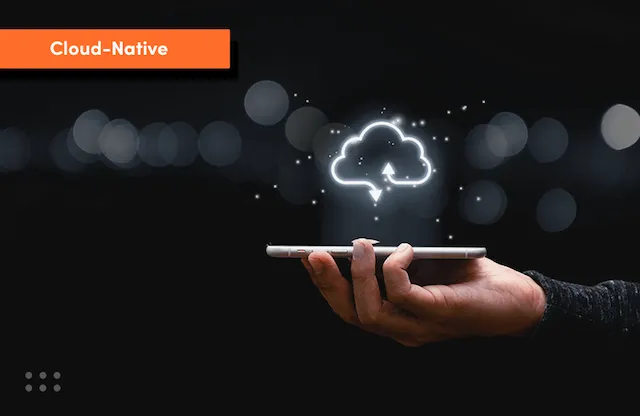
Cloud-native provides many benefits for developers and businesses like the fact that Google Cloud serverless tooling allows automatic scaling depending on the website traffic.
Internet of Things
By the end of 2022 IoT market in the US was expected to exceed $500 billion and a great part of this share was the consumer electronics segment. This technology is impacting how people interact with each other and live in their homes by providing opportunities for users to engage with appliances and gadgets in real-time. The most prominent field of IoT’s impact will be smart homes since more and more smartphone users control their home devices with apps. Forecasts say that by 2030 there will be around 50 billion of these IoT devices used around the world creating a massive web of interconnected devices.

What is more, IoT has the potential for data sharing, which will definitely draw the attention of the app industry.
Mobile wallets
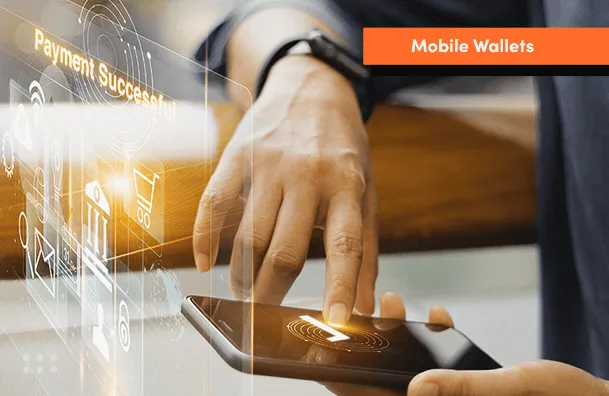
Mobile wallets have gained popularity among users, especially since economies of different countries are turning digital. People prefer using e-wallets like Google Pay, Apple Pay, Amazon Pay etc. to cash or providing card details for even faster transactions. As the market is not yet saturated enough there is still potential for growth in the future. For mobile wallets the future trends include:
- audio-based mobile wallets
- near-field communication (NFC) based payments
- radio-frequency identification payments
Artificial Intelligence and Machine Learning
AI and ML have already started taking their place in mobile applications and devices. Some examples of those include chatbots, facial recognition or voice search. There are also AI-powered apps for photo edits taking the technology to the next level. In the near future, AI-based cameras, user predictions or voice translations will be even more common in smartphones.
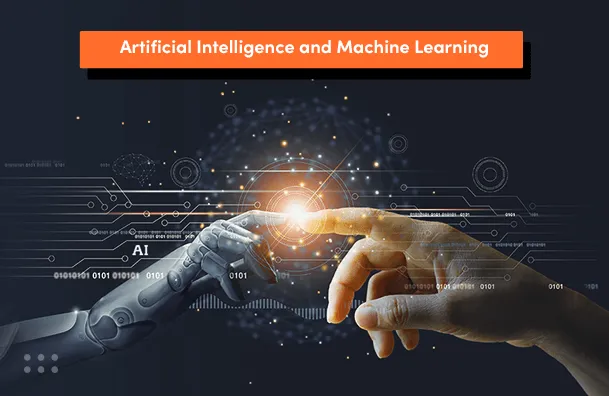
The future of AI includes:
- image recognition, classification and tagging
- object identification, detection, classification and tracking
- processing of patient data
- predictive maintenance
- automated geophysical feature detection
Combining AI with ML will be super useful in developing mobile apps as it can learn from the previous app development process to detect problems and fix them.
Chatbots
Even though modern chatbots are far from perfect, they are slowly creeping their way into our everyday lives. They help to automate repetitive user interactions by answering simple questions like is the store open or aiding in the ordering process. What is more, more than 50% of buyers claim they want more self-serving customer service tools and chatbots are great ways to achieve it. An example of such a solution can be an app from Starbucks - ‘My Starbucks Barista’ in which you can tell the app the type of beverage you want and it places an order for you.
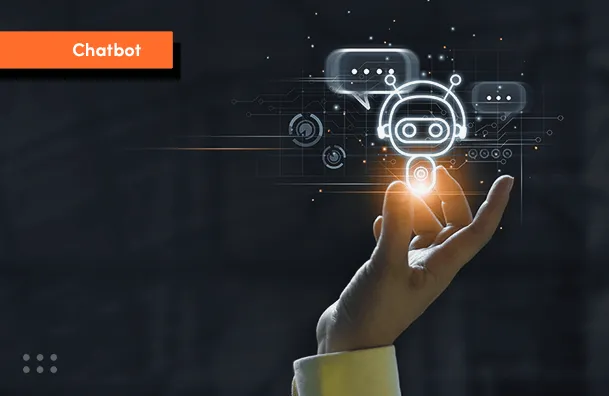
Statistically speaking, 36% of Americans claim to have used a chatbot and with the popularity of Facebook Messenger, the usage of chatbots on mobile is rising even more.
Biometric authentication
All mobile apps should think about implementing some sort of biometric authentication. Fingerprint scanning and face unlock are great ways to ensure data security. Apart from them there also is iris scanning, voice or hand geometry recognition to think about.
In the future, we will be able to see new trends in biometric authentication including:
- immigration services
- cloud-based biometric solution
- online banking and mobile payments
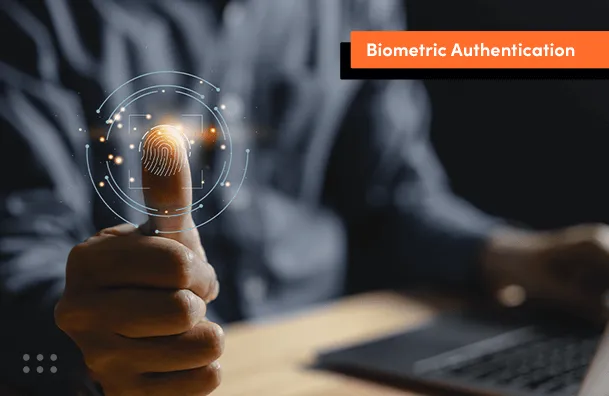
Predictive analytics
Predictive analytics is the implementation of algorithms, AI, and machine-learning techniques to predict future outcomes by studying historical information.
These analytics are essential because they not only prevent possible criminal behavior through pattern detection but also optimize market campaigns, make business operations more efficient, and reduce risks of unwanted insurance claims and fraud.
Giant applications like Instagram use a wide range of complex machine learning algorithms to build custom User Engagement Graphs for their users, map out their interest patterns, and optimize their Instagram feeds to fit their likes and dislikes.
Beacon technology
Bluetooth Low Energy (BLE) signals are what power Beacon Technology. It allows, for example, to locate a store selling a specific product through a mobile application. Phones are able to receive signals and provide relevant information and guidance for users. This technology has great potential in the marketing industry as it can reduce the bridge between users and companies. It is slowly being implemented in hotels, healthcare institutions, museums etc.
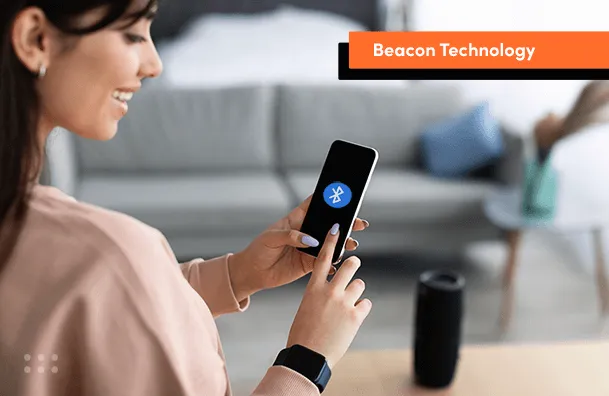
Virtual events streaming
Virtual events have become popular amid the Covid-19 pandemic as people were not able to attend events in person. However, even in the post-pandemic world, virtual events present whole new opportunities, making them less exclusive and increasing availability for people from all around the world.
One of the most popular online events platforms Hopin allows you to change rooms, listen to different speakers as well as communicate with other participants. In 2021 we will most likely see more such platforms coming to life.

Augmented Reality
Augmented reality will continue trending in 2021. Mobile apps can use AR features for a wide range of features. Starting from the hit game Pokemon Go AR changed mobile gaming and today, more applications are using in for more practical features.
Wearables
Apple Watch is probably the most popular wearable device that changed the game for everybody. Apple dominated the smartwatch market with features like ECG or blood oxygen level measurements. In 2017, there were around 453 million connected wearable devices and according to ReportLinker, the wearables market is expected to grow beyond $24 billion by 2023.
With technological advancements, we should expect wearable applications to become a vital part of our everyday life as more and more smartwatches start operating independently from phones.
5G tech
The introduction of 5G technology certainly has an impact on the mobile app development market. The number of 5G connections is rising all around the world and it will change the way apps are created and used. The significant speed improvements brought by 5G increase the mobile app functionalities as it allows up to 1 million devices per square kilometre to connect. This can lead to the realization of the idea of everything being connected including cars, washing machines, fridges or security cameras.
Instant apps
The availability of Instant Apps on platforms like the Google Play Store is increasing with time.
Native apps with small software program versions available to users for trial-based usage without having to be installed are classified as instant apps. These small program versions, therefore, allow users to test certain applications without spending valuable storage space.
These applications have the “Try Now” option besides the usual “Install” option, available on platforms like Google Play Store. The Android Studio, therefore, allows mobile app developers to improve the chances of users discovering their applications through this demo version option.
Read also: How To Build A Branding In Your Mobile App
E-commerce organizations and game developers especially prefer instant applications because they are bound to attract more end users than would be attracted to their products otherwise.
For example, Dotloop increased its user base by a shocking 62%, while NY Times Crosswords increased its sessions by 50% by using instant applications!
Future of mobile application development
It is estimated that by the next few years, greater than two-thirds of the world will own mobile devices. And right now, 4.9 million different applications exist on iOS and Android devices combined. This number is expected to increase greatly over time.
The mobile application industry will be fruitful in the future due to promising statistics and the prospect of developing new technologies and strategies.
By just 2025, evaluations of future trajectories in growth estimate that the mobile app development sector will gain revenue of over six hundred billion dollars by just 2025! This promising number is bound to encourage more developers to pursue mobile application development now and in the future as well!
Summary
Smartphones revolutionized the way we shop, make payments or look for information. Mobile app stores are full of applications for various purposes yet the market still seems not saturated enough. With all these mobile app trends, the app industry will continue to grow with great speed.
To stand out in this highly competitive market it is important that business leaders create apps that are aligned with the newest trends and use the latest technologies. This all can be achieved with an experienced development team that is able to create a fresh product with the best tools available.
This is why Selleo should be your next choice - our mobile development teams will build your mobile product from the ground up, handle all integrations and ensure the highest security. Contact us to discuss your idea and schedule a call with our engineering team.



